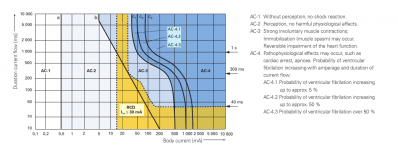Figure 7 shows the conventional zones of alternating currents
(15-100 Hz); the current path from the left hand to feet depen-
ding on the contact time and the corresponding limit trip times
of RCDs with a sensitivity of 30 mA.
Marking AC1 to AC4 expresses zones of action of alternating
current (AC - Alternating Current). Curves a, b and c express the
limits for various effects of current:
• curve a is the threshold of perception (current of 0.5 mA
causes tingling);
• curve b is the drop threshold, when an exposed person can
no longer drop the object under current;
• curve c1 is the so-called safety threshold. There may be
pathophysiological effects such as cardiac arrest, breath
arrest, burns or other damage on cellular level. The likelihood
of chamber fibrillations rises with current intensity and duration.
Note:
It might appear that the higher the sensitivity the better.
Highly sensitive RCD are very likely to frequent tripping due to
leaking currents and their contribution to safety is not high. In
case of a human being’s contact with a live part, current will pass
through the body, being only limited by the body’s impedance, and
the residual current device will only react after certain time (10 -
- 30 milliseconds). At the moment of contact with a live part, the
person will be hit by a full electric surge and it makes virtually no
difference if a residual current device with a sensitivity of 10 or
30 mA is applied.


